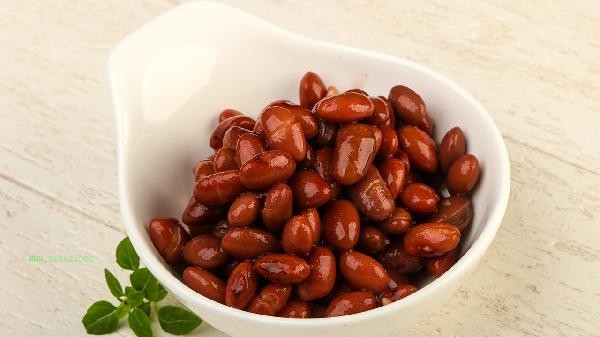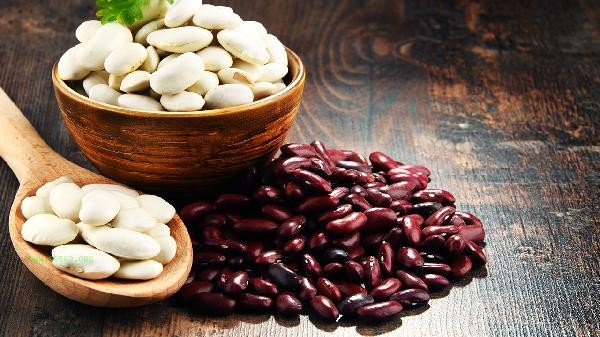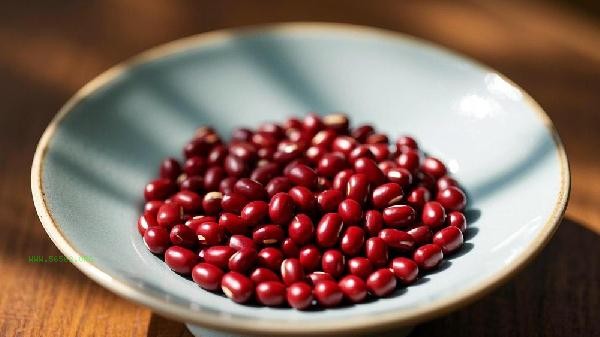The key to making red beans soft and sticky lies in sufficient soaking and appropriate heat control. Pressure cookers or slow cooking over low heat can be used to enhance the taste. Red beans have a denser texture and are difficult to soften when cooked directly. Soaking them in water in advance can allow the beans to absorb water and expand. It takes 4-6 hours to soak at room temperature in summer, and it is recommended to extend it to more than 8 hours in winter. If time is tight, warm water can be used to accelerate the soaking process. After soaking, pour out the residual astringent water, add clean water to cover the two knuckles of the bean flour, and then heat the pressure cooker to medium low for 20 minutes. After natural pressure relief, open the lid and check the softness and hardness. The traditional open flame cooking method requires boiling over high heat to skim off any foam, then turning to low heat and covering with a lid to simmer for 1 hour. During this time, pay attention to replenishing water to prevent the pot from drying out. Some varieties of red beans have thicker skin, and a small amount of edible alkali or baking soda can be added to destroy the fiber structure, but the amount should be controlled to avoid bitterness. Old red beans are harder to cook thoroughly than new ones, so when choosing, it is recommended to prioritize the plump and brightly colored new beans from that year. During the cooking process, avoid frequent stirring to prevent the bean skin from cracking and affecting its appearance. Sugar should be added after the beans are soft and tender, as adding sugar too early can cause the bean core to harden.

It is recommended to cook together with glutinous rice and lotus seeds to increase the viscosity. For patients with diabetes, sugar sweeteners can be used for flavoring. Boiled red beans can be used to make bean paste, sugar water, or ice cream. They should be refrigerated for no more than 3 days and heated to boiling before being consumed again. People with weak gastrointestinal function should control their single consumption to avoid excessive dietary fiber causing bloating.










Comments (0)
Leave a Comment
No comments yet
Be the first to share your thoughts!